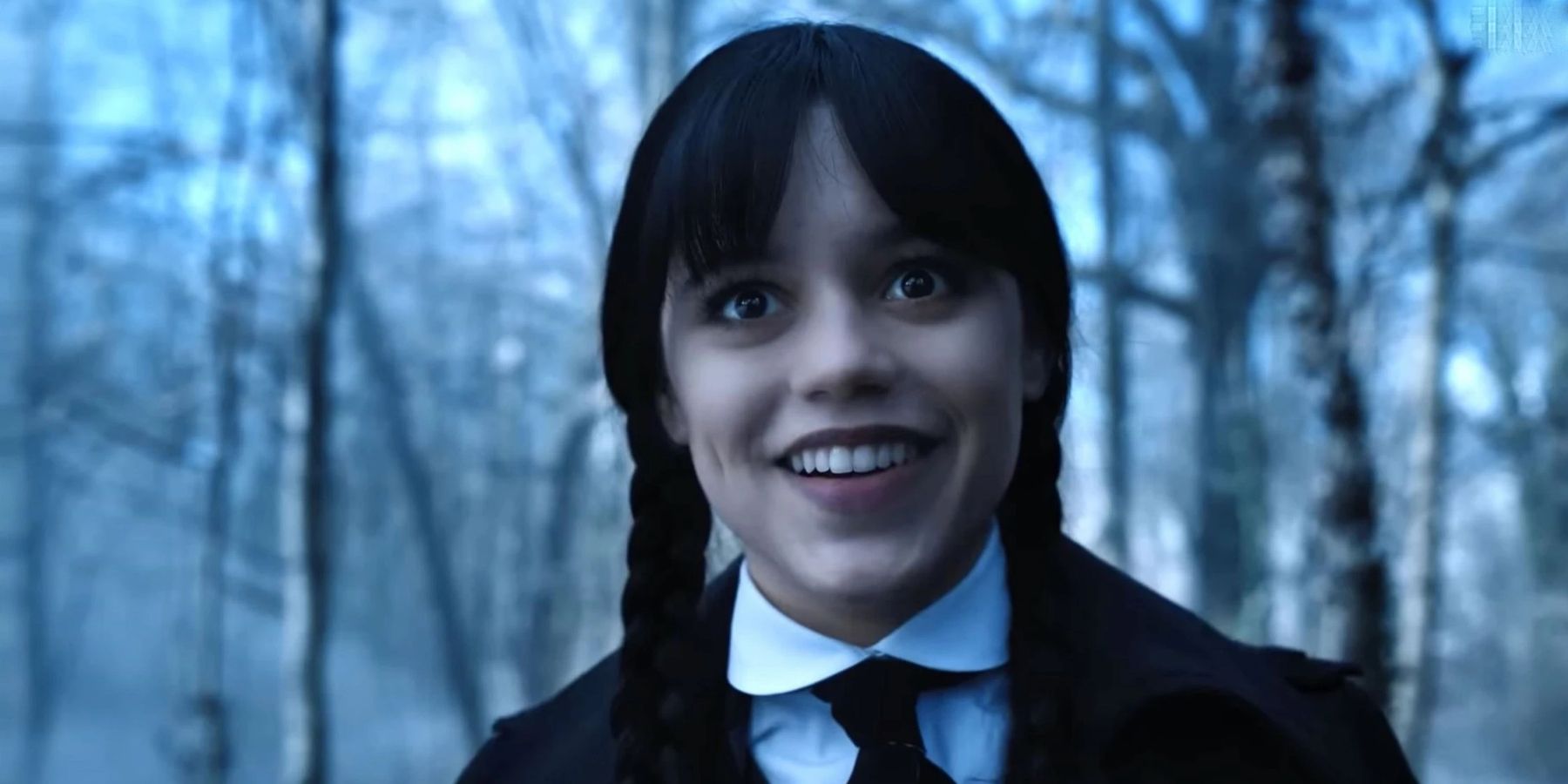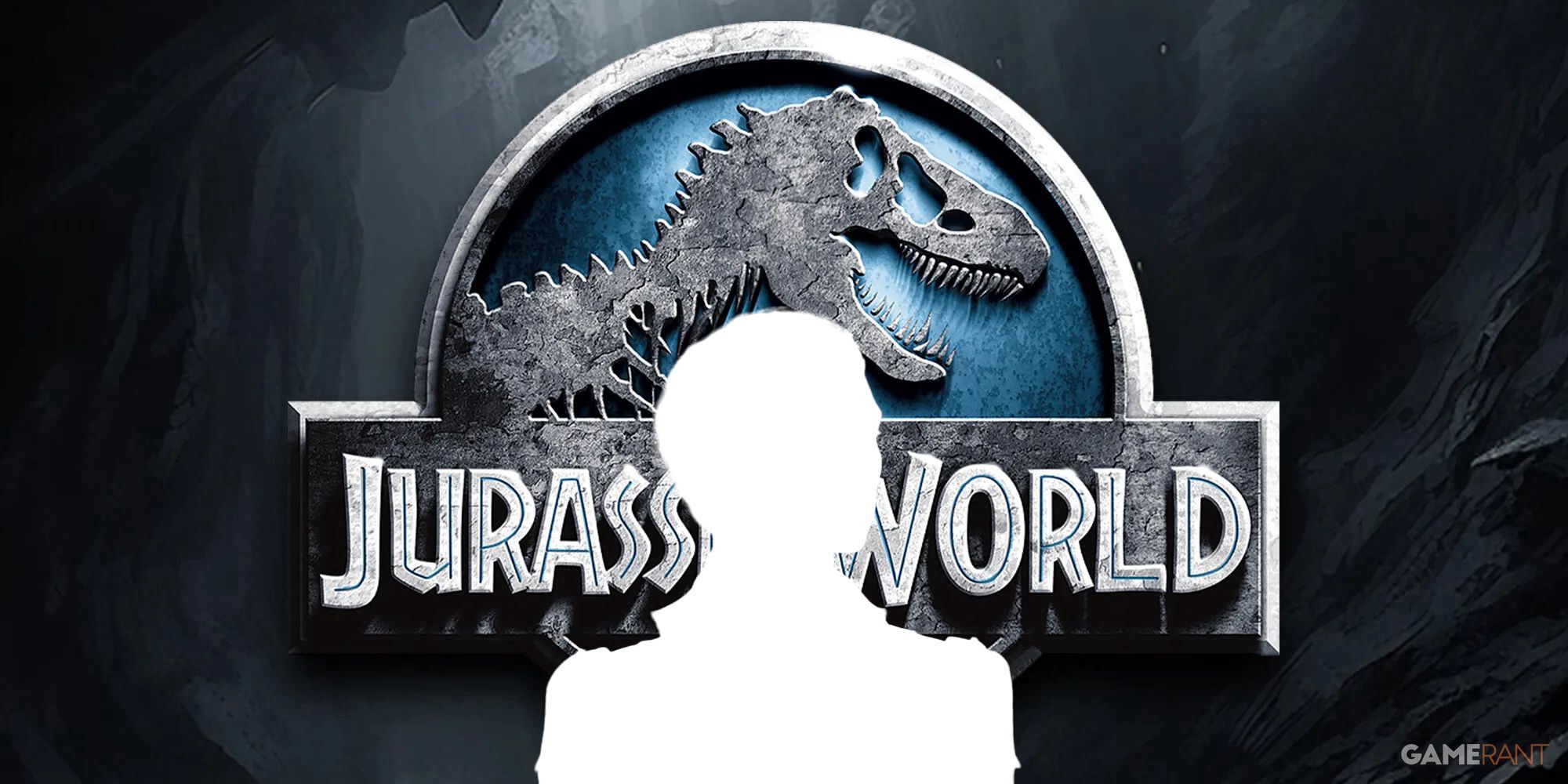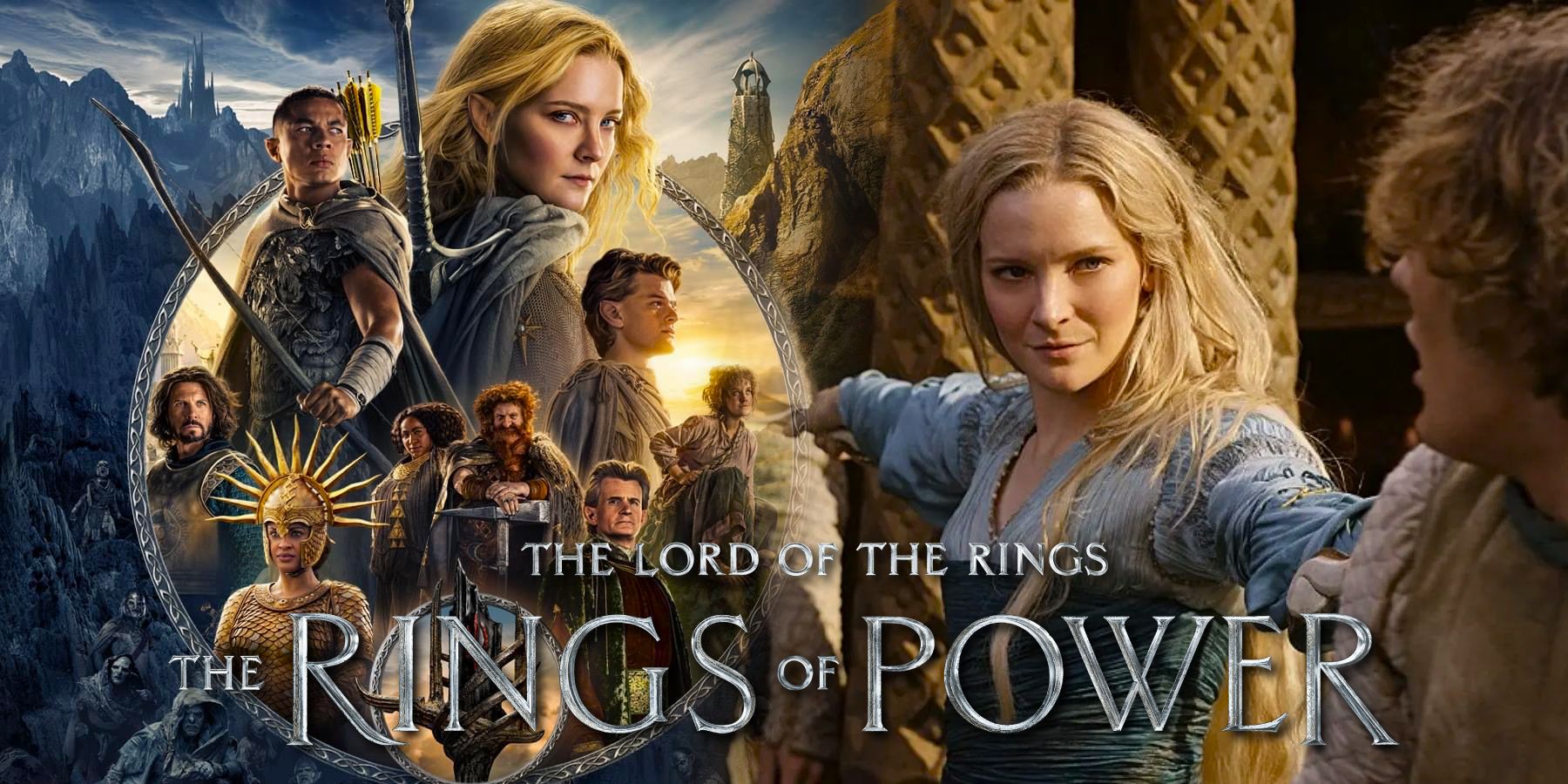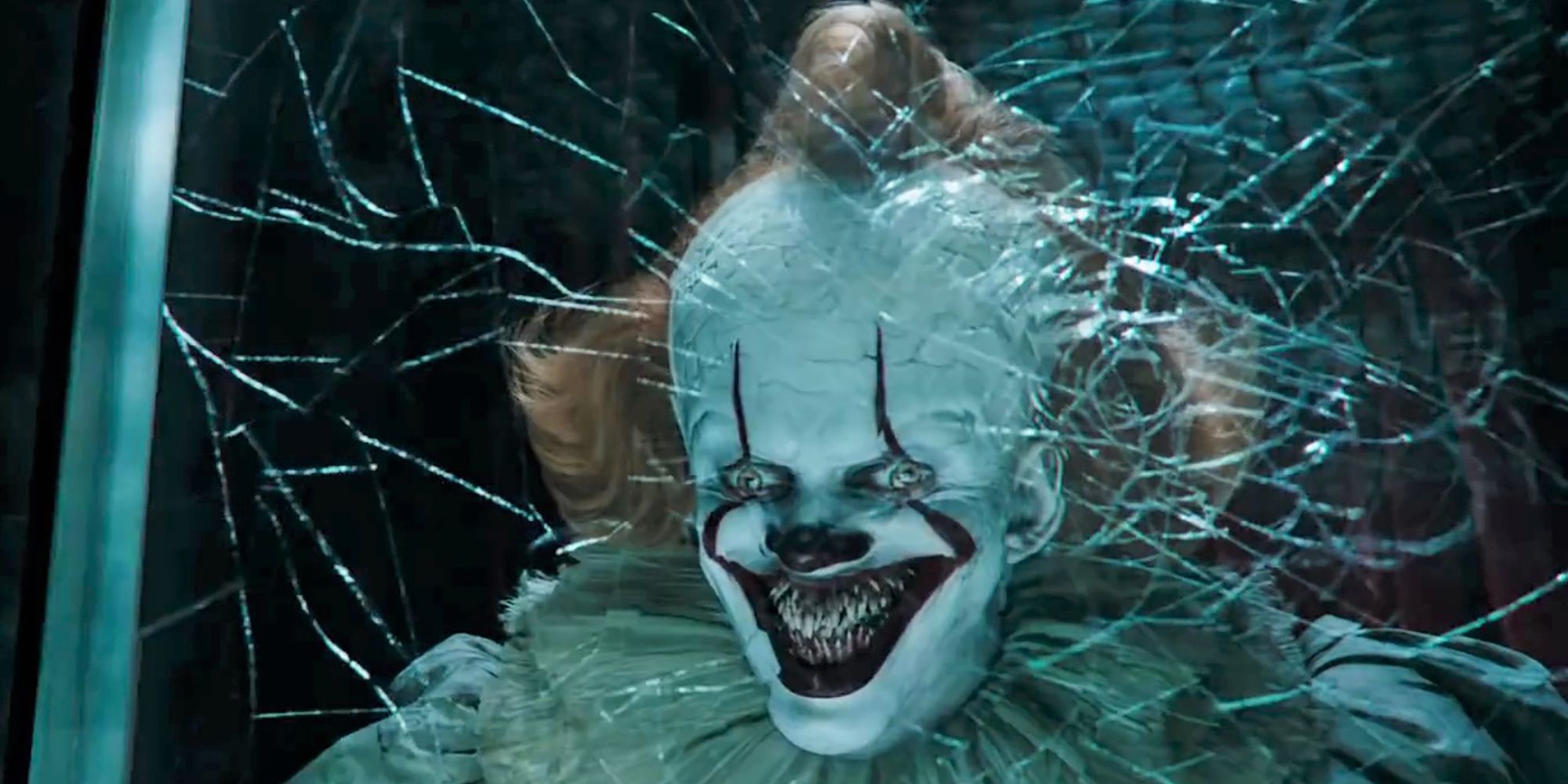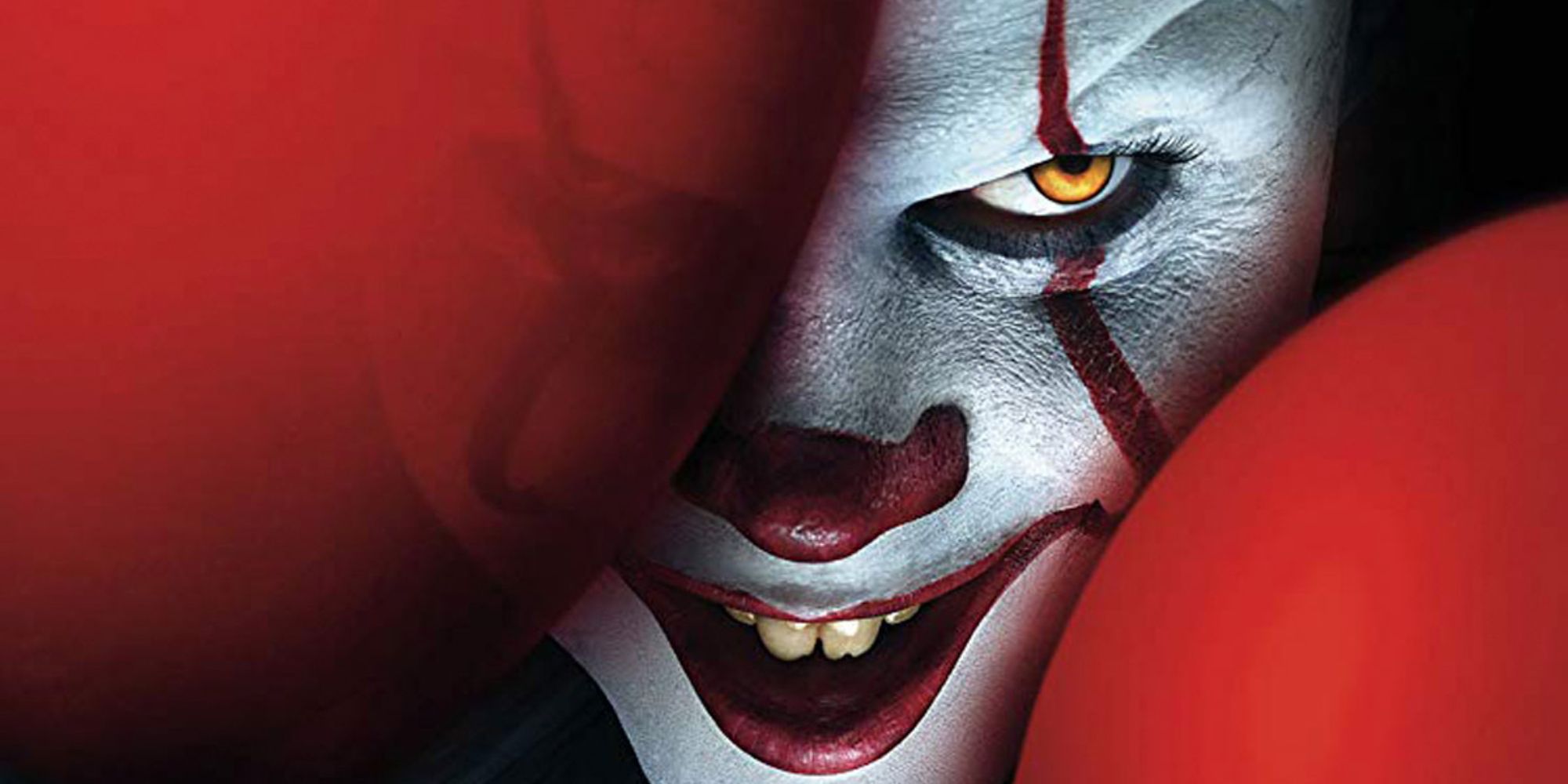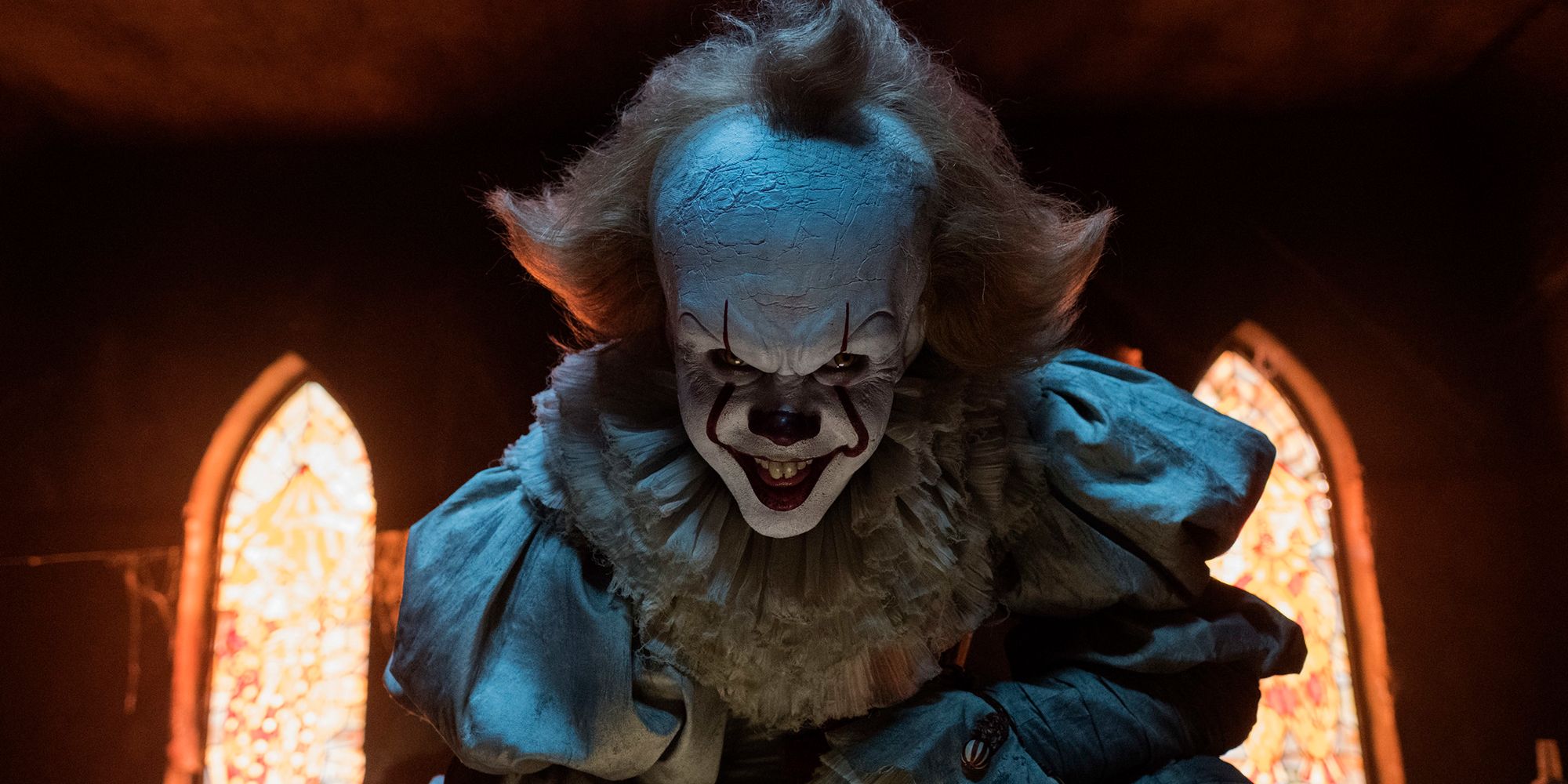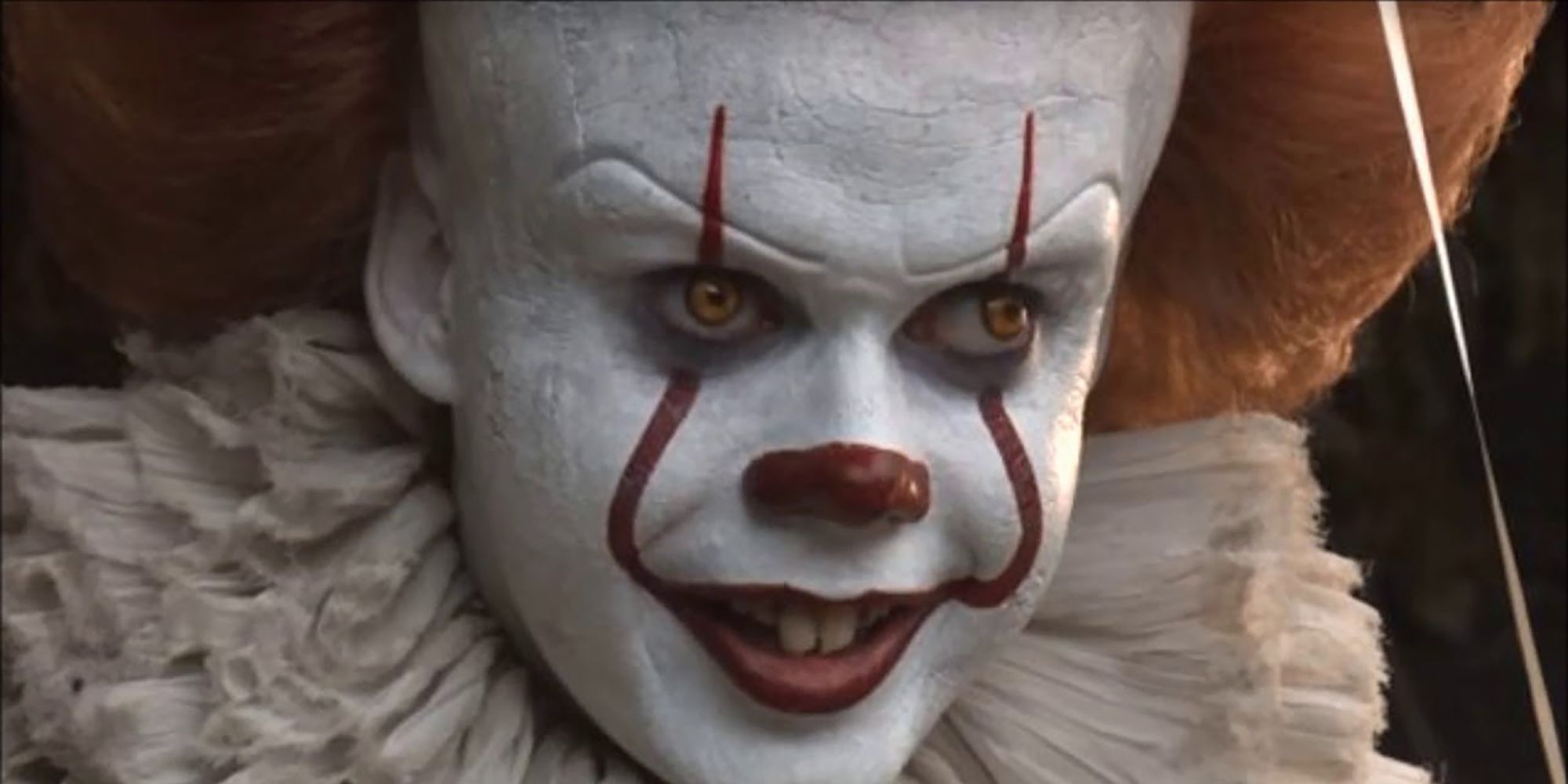In the vast realm of Stephen King's imagination, a new television series is poised to emerge: Welcome to Derry. Expanding upon the success of Andy Muschietti's recent adaptations of IT, this prequel series has been given the green light and is now in full production. Since its release in 1986, the IT novel has become a beloved gem, captivating generations of devoted King fans. The 1990 miniseries, featuring the incomparable Tim Curry as the menacing Pennywise, elevated the show to unprecedented heights, turning many into lifelong sufferers of coulrophobia.
While Muschietti's recent IT remakes have shed some light on the mysterious origins of Pennywise the Dancing Clown (referred to as IT by the Losers Club), there are still untold secrets surrounding this malevolent icon. Hidden within Pennywise's enigma lie the origins that even the most ardent enthusiasts have yet to uncover.
The Origins of the Monster
In both the literary and cinematic iterations, the evil entity called IT emerges as an otherworldly being—a primordial cosmic horror that predates the rise of civilizations and, in King's novel, even predates the birth of the universe itself. Driven by an insatiable hunger, IT feeds on human flesh, finding its feast particularly delectable when accompanied by the flavors of fear, which can be easily manifested and intensified.
While IT can take on different physical forms, morphing into the embodiment of an individual's deepest nightmares, King's narrative delves into even stranger realms. Beyond its known nature, IT transcends conventional understanding, revealing itself as an enigmatic entity reminiscent of Lovecraft's creations. As a denizen of the Macroverse—an elusive and inexplicable realm—IT assumes the semblance of an ambiguous demigod, an immensely powerful force that considers itself eternal and beyond the grasp of human comprehension.
Beneath the tangible form of IT lies a menacing abyss known as the Deadlights—a malevolent expanse of fiery orange luminescence that, at the mere sight, ensnares the minds of most mortals, driving them irrevocably into madness. In King's original novel, Bill comes dangerously close to glimpsing the Deadlights and emerges with his sanity intact, while his wife Audra undergoes the harrowing ordeal of witnessing the Deadlights in their entirety and eventually finding her way back from the brink of darkness.
Conversely, in the film adaptation, it is Beverly who catches a fleeting glimpse of the dread-inducing Deadlights as Pennywise unhinges his jaw, briefly revealing a fraction of its true form. The film subtly alludes to the Deadlights throughout, evident in the haunting glow of Pennywise's eyes emitting an ominous orange hue.
The Inspiration Behind Pennwyise
According to insights from Bev Vincent's book, The Stephen King Illustrated Companion, the origin of Pennywise, the terrifying embodiment of fear, can be traced back to an unexpected encounter experienced by King himself. As King recounts, the pivotal moment occurred while he was walking across a covered bridge. Immersed in his surroundings, King was captivated by the distinct sound produced by his worn-out cowboy boots, their hollow clatter echoing through the wooden planks like the resounding chimes of a timepiece.
In this atmospheric setting, King's thoughts wandered towards the age-old tale of The Three Billy-Goats Gruff, where a malevolent troll lurks beneath a bridge, posing a threat to the lives of three goat siblings. The connection between the haunting resonance of King's footsteps and the menacing presence of the troll converged in his imagination, laying the foundation for the creation of Pennywise.
Diving into the boundless realm of creative exploration, King employed his imagination to conceive an evil entity capable of shape-shifting into the very embodiments of its victims' deepest fears. This ingenious concept granted King the liberating ability to summon a multitude of classic monsters that have long haunted our collective psyche.
However, the author's ingenious mind yearned for something more—a unifying, abhorrent presence that would serve as the epitome of horror, an entity so repulsive and loathsome that its mere sight would elicit screams of terror. In 2013, King asked, "What scares children more than anything else in the world?" The answer, unsettlingly clear, materialized before him—clowns.
The origins of coulrophobia, the fear of clowns, can be traced back long before King penned his novel in the early 1980s. The unsettling perception of clowns as eerie outsiders has deep historical roots, with various factors contributing to their menacing image. One significant aspect can be attributed to the role of court jesters in medieval times. These jesters, endowed with a peculiar privilege, were exempt from the usual consequences of their words and actions within royal courts. Their ability to navigate social norms and evade punishment fostered the perception of them as enigmatic figures existing on the fringes of normalcy. This blurred boundary between jesters and society at large laid the groundwork for the belief that clowns may possess an underlying malevolence.
While it is true that some clowns, like the iconic Ronald McDonald, embody benevolence, history has also provided chilling examples that have fueled the fear. One notorious instance is that of John Wayne Gacy, a serial killer active in the 1970s who infamously worked as a clown for children's birthday parties.
Such cases, coupled with the media's tendency to highlight criminal clown incidents, have further contributed to the lasting unease surrounding clowns. In fact, even in the early 20th century, reports surfaced about a clown named Charles Conway, who, in a twisted turn of events, was both a con artist and a murderer. His conviction for the murder of a roommate in Chicago and subsequent escape from a prison farm only served to reinforce the notion that clowns can harbor a sinister side.
Why Pennywise Prefers Kids
When humans experience fear, a cascade of chemicals floods their bodies, infusing their very flesh with a savory quality. This primal phenomenon serves as the foundation for ITs preference for feeding on children. The fears of children, unburdened by the complexities and intricacies of adult anxieties, are pure, potent, and irresistible to IT's palate. Simply put, children are a delicacy, and their fear provides an exquisite feast that satiates IT's insatiable hunger. It is this insidious craving that drives IT to return to the town of Derry, Maine every 27 years, perpetuating a cycle of torment upon the unsuspecting population before retreating into a renewed slumber.
Although IT primarily targets children, it does not hesitate to consume adults when the opportunity arises. By manipulating the minds of Derry's residents, IT exerts a sinister influence that causes them to passively ignore its nefarious activities and refrain from intervening in its attacks on the town's children. This manipulation extends to their perception of the tragedies that unfold. Under IT's sway, the people of Derry dismiss the numerous missing children, symbolized in the film by the casual act of replacing old missing persons photos with new ones, as if erasing the haunting specter of loss from their collective consciousness. They carry on with their lives, oblivious to the ongoing horrors orchestrated by IT.
Evil's True Form
Embedded within the origin story of Pennywise the clown lies the enigmatic nature of its true form. As an entity that capitalizes on the fears of its victims, Pennywise assumes whatever shape most effectively instills terror. While the malevolent entity frequently presents itself as a male clown named Pennywise, its true form extends beyond this deceptive guise.
In the pages of the original novel, Bill caught a fleeting glimpse of Pennywise's true form amid the enigmatic Deadlights. He described it as an eternal entity, an endless assemblage of writhing, hairy limbs suffused with an eerie orange radiance. Additionally, IT reveals another facet of its true form—an immense female spider, an embodiment of horror that accentuates the multifaceted nature of its existence.
In the film adaptation IT: Chapter 2, the exploration of Pennywise's true form reaches new heights. During the climactic sequence, Richie bears witness to Pennywise's ultimate essence. The screen unfolds a mesmerizing tableau, portraying Pennywise as a trio of luminescent lights gliding through a labyrinth of seemingly flesh-like walls, radiating an intense red-hot glow. This awe-inspiring encounter proves to be a visceral ordeal for Richie, pushing him perilously close to the brink of death as his eyes involuntarily roll back into his skull under the overwhelming force of the Deadlights. This cinematic direction taken by the movie adaptation proves to be a commendable choice, aligning with the notion that IT, or Pennywise, is a cosmic entity possessing a godlike presence within King's broader fictional tapestry.
In the film adaptation, Pennywise's shape-shifting prowess manifests in a dizzying array of forms. Viewers witness its transformations into Beverly's sinister father, a mummy, the eerie lady from the painting, a decapitated boy, the burning apparitions of Mike's parents, a leper, and even the innocent visage of Georgie. However, the book unveils an even broader spectrum of manifestations, prominently featuring the iconic Universal monsters that have long held a place in our collective nightmares.
Yet, Pennywise's ability to assume various guises extends beyond the realm of the familiar. It can manifest itself in grander and stranger spectacles. Within the novel, we encounter instances where Pennywise descends upon Mike in the form of a colossal bird, sweeping menacingly through the remnants of the Ironworks. Other forms it assumes include swarms of winged leeches, piranhas, and notably, a monstrous spider of colossal proportions, weaving her grotesque web within the murky depths of Derry's sewers, ready to spawn her horrific offspring.
Director Muschietti wholeheartedly embraced the bizarre manifestations of Pennywise in the second chapter of the film adaptation. Here, we are tantalized by the sight of a towering living statue of Paul Bunyan, stretching thirty feet into the sky. Nightmarish creatures emerge from fortune cookies at the Jade of the Orient, instilling a profound sense of dread. And during the hallucinatory origin sequence, the film tantalizingly teases us with glimpses of monstrous forms that defy comprehension.
What's Known about Welcome To Derry So Far
In February 2023, HBO Max officially ordered a full season of the highly anticipated series Welcome to Derry. This series is expected to take place in the same universe as Andy Muschietti's acclaimed IT films, which drew inspiration from King's iconic novel of the same name.
Muschietti is guiding the development of the Welcome to Derry series along with his producing partner and sister, Barbara Muschietti, and Jason Fuchs, the producer of IT: Chapter 2. Although King is not directly involved in the production, he expressed his support and approval for the series when it was initially announced.
In an interview, it was confirmed that Bill Skarsgård, who portrayed the malevolent Pennywise in the IT films, will not be reprising his role in the series. Skarsgård extended his wishes of good luck to the actor who will take on the role of Pennywise in the series, encouraging them to bring their own interpretation to the character.
The series has assembled a talented cast, including Taylour Paige, Jovan Adepo, Chris Chalk, and James Remar, in undisclosed roles. Paige and Adepo have secured series regular status, while the extent of Chalk and Remar's involvement remains unknown. It is worth noting that Adepo previously showcased his acting skills in another King adaptation, The Stand, released in 2022.
On May 8, director Muschietti shared the first official image from the series on his Instagram account, signaling the start of production. The photo features the door of the Derry police chief's office, Clint Bowers, hinting at the intriguing story behind the IT prequel series.
Fans can look forward to immersing themselves in the unsettling world of IT/Pennywise when Welcome to Derry premieres on the HBO Max platform, Max, in 2024.

